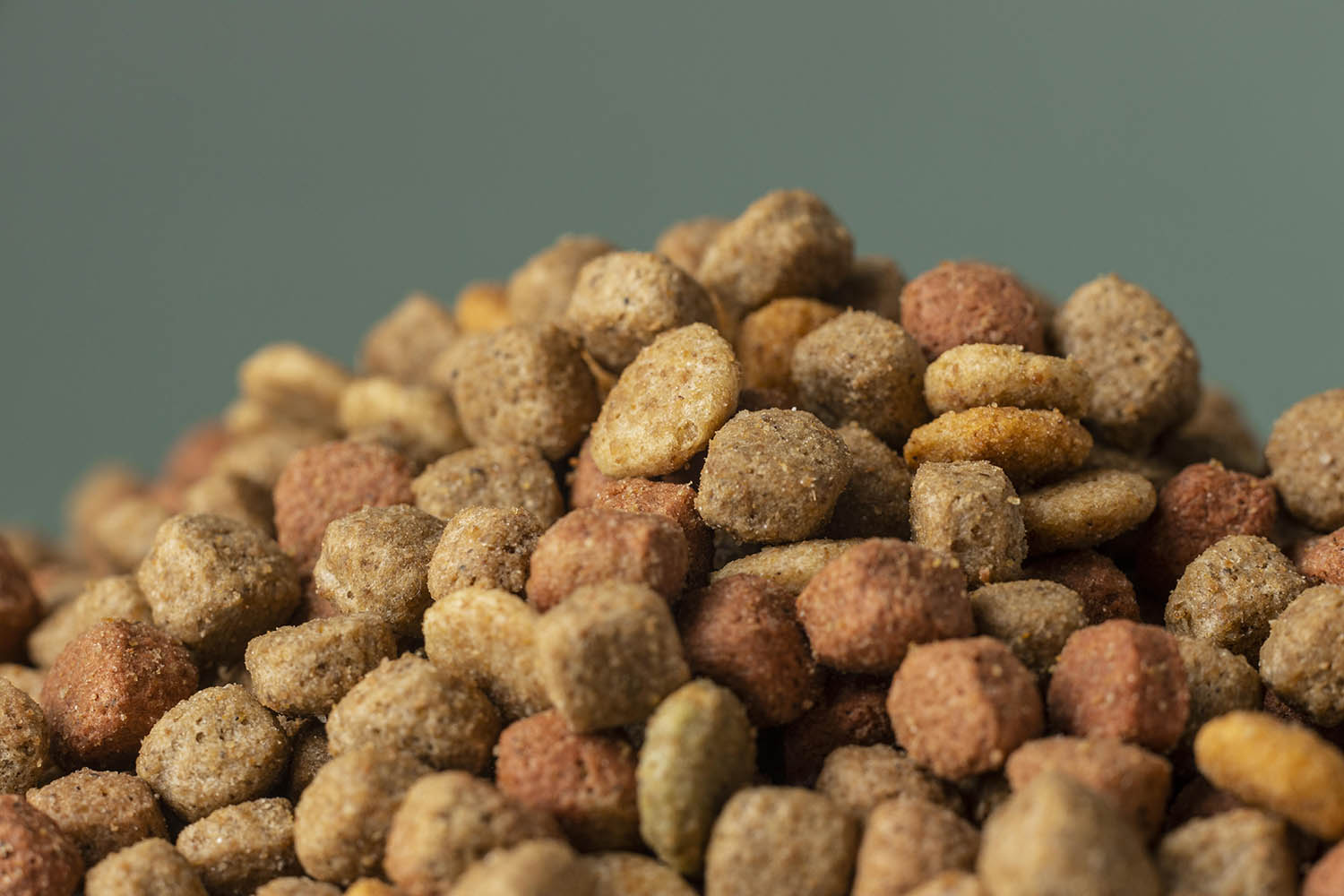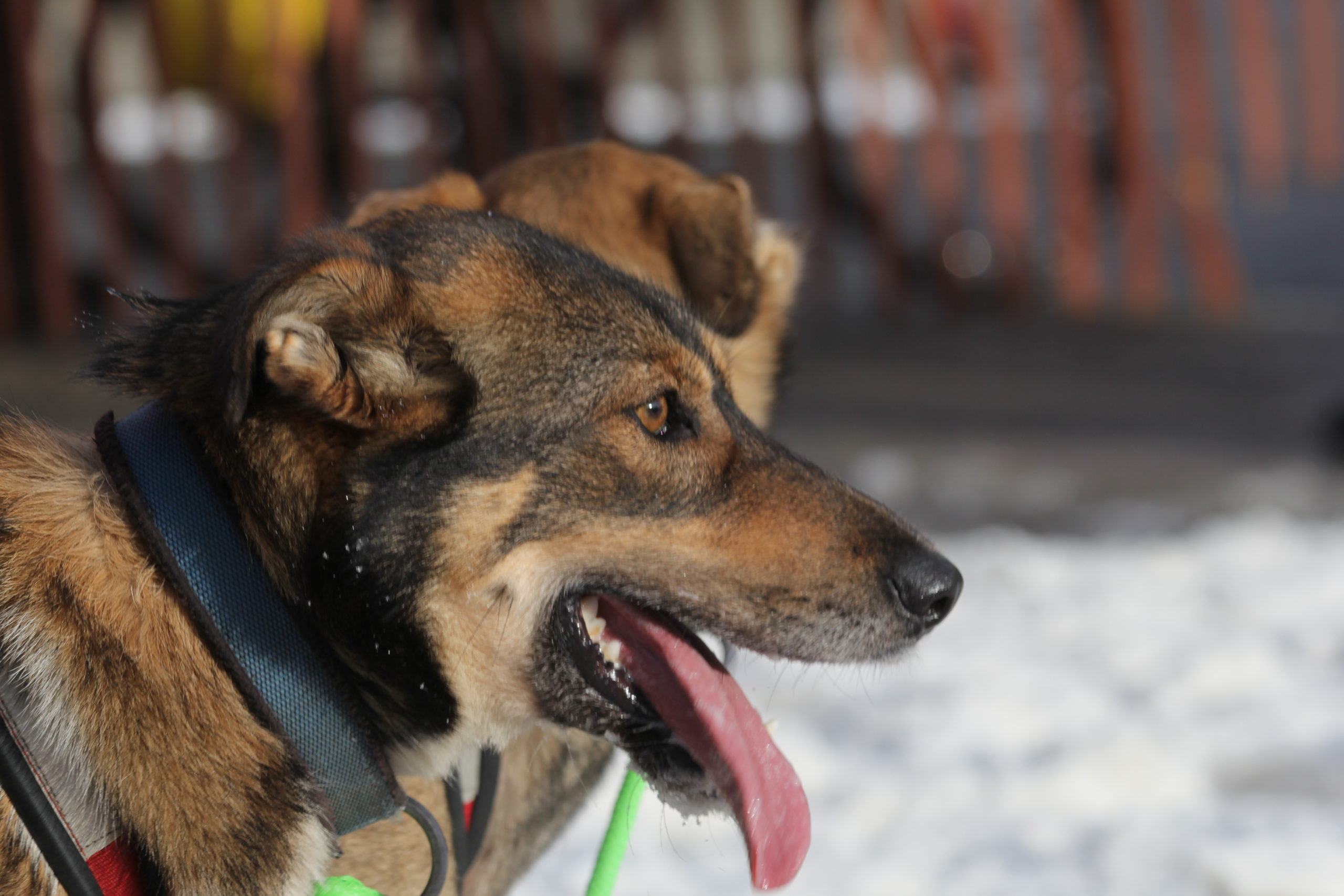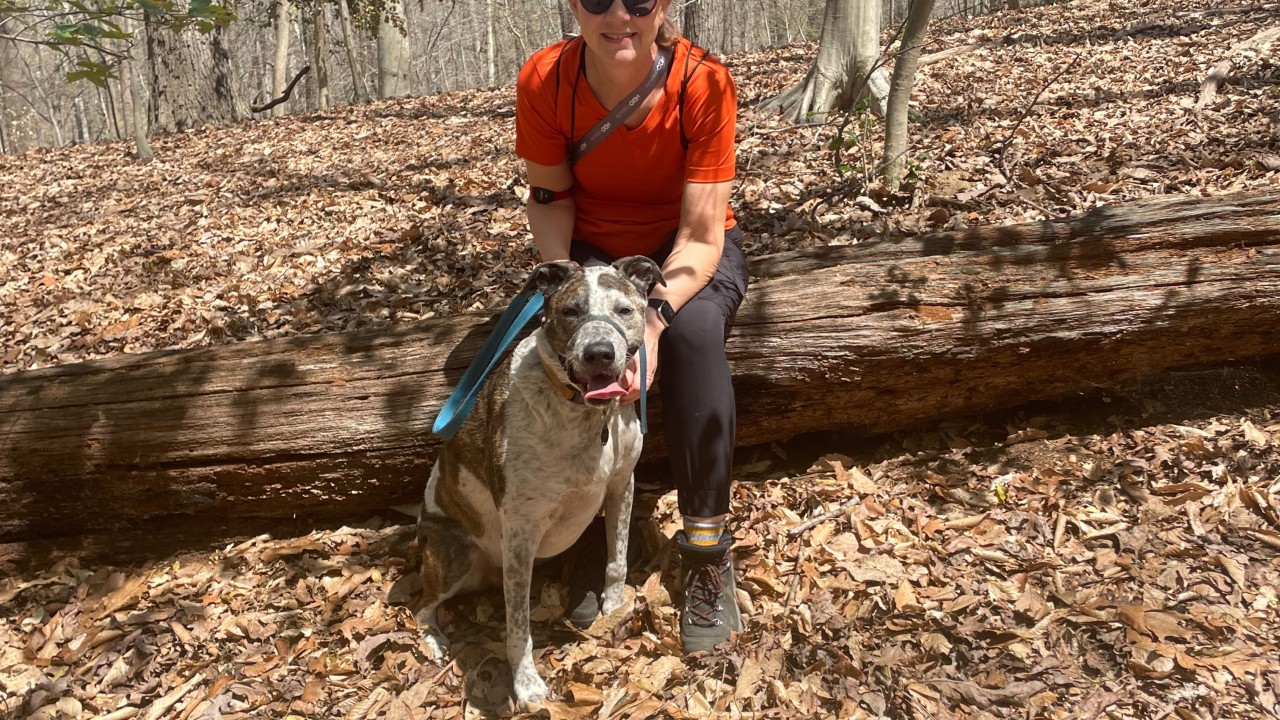People have fed, domesticated, and kept dogs and cats for work and/or pleasure for millennia. While scientists aren’t yet certain exactly when these animals transitioned from work animals (employed primarily to guard livestock, assist with the hunt, or catch vermin, etc.) to our best friends, dogs and cats have a long history of living with humans. Learn more about the long history of pet food:
A Long-Standing Relationship
Research suggests that dogs were domesticated 16,000 years ago, and possibly were keeping company with humans for more than 30,000 years. By 2000 BCE, humans were giving consideration into what to feed their dogs. Roman poet and philosopher Marcus Terentius Varro wrote a manual on farming, “Farm Topics,” that advised providing dogs with meat and bones, and barley soaked in milk.
Near the end of the 14th century, Gaston III, the eleventh Count of Foix Count in Southwestern France and an avid hunter, wrote a book in which he described how his beloved greyhounds were to be cared for. This included reference to what they were to be fed: bran bread, some of the meat from the hunt, and if the dog was sick, goat’s milk, bean broth, chopped meat or buttered eggs.
In common households during the middle ages and through the mid-19th centuries however, little consideration was given to feeding dogs, as a dog’s diet was much like that of its owners, consisting of whatever owners could spare, such as knuckles of bone, cabbage, potatoes, onions and crusts of bread. In the mid-1800’s, a dog or cat’s diet may have been more slightly more varied in cities where it was common for people to purchase horse meat for their pets, as working horses would die in the city streets.
Since then, dogs and cats have become an integral part of our households, and the scientific understanding of pet nutrition and food safety has advanced to help better protect the health of four-legged family members.
Pets as Companion Animals
With the Industrial Revolution and rise of the middle class in the 19th century, families with disposable income began to keep domesticated dogs and cats as companion animals – rather than just as working animals.
Businessman James Spratt introduced the first commercially-prepared pet food in England in approximately 1860. After seeing dogs being fed leftover biscuits from a ship, Spratt formulated the first dog biscuit: a mix of wheat meals, vegetables, beetroot and beef blood. Spratt’s business venture was a success, meeting a new market demand and selling to English country gentlemen for sporting dogs.
A British public company took over Spratt’s formula and production began at a U.S. operation in about 1890. Additional companies began to develop their own recipes for biscuits and dry kibble, using the current nutritional knowledge of the time period. Canned dog food, “Ken-L Ration,” was introduced in 1922. Its main ingredient was horsemeat, which was considered an acceptable ingredient source at the time. Our understanding of and relationship with horses has since evolved, and as they have become pets, there is no longer a market for horse meat.
An Evolving Understanding of Pets and Nutrition
The desire for prepared dog food resulted from a combination of dogs being viewed as luxury items with a need to protect the owners’ investments, the increasing availability of such food (dog biscuits, dog bread, canned food, etc.) and marketing. The science of veterinary nutrition emerged in the late 1800s. Our understanding of animal science and nutrition also continued to evolve throughout the 20th century—the first pet food specifically formulated for the unique nutritional needs of puppies was introduced in the early 1960s—as more people came to view their dogs and cats part of the family.
In the mid-1980s, the U.S. National Academy of Sciences’ National Research Council published nutritional requirements for dogs and cats, and released updated profiles in 2006 that reflected the evolving science and understanding of animal nutrition. Most commercially-prepared U.S. pet food is now formulated to be “complete and balanced,” meaning that it is provides all of a pet’s nutritional requirements at the correct levels.
Meeting Safety Requirements
Currently, both federal and state officials inspect pet food manufacturing facilities and test products on retail shelves for compliance with safety and/or nutritional requirements.
The Association of American Feed Control Officials (AAFCO), an organization of state and federal regulatory officials, develops model legislation for pet food safety regulations, that can then be adopted by states. First known as the Association of Feed Control Officials, AAFCO was founded more than 100 years ago in 1909. AAFCO first included language for pet food in their model bills in 1917. The regulation of pet food continued to advance over the years. Examples include in the 1933 decision to prohibit the word “pure” from a brand name in 1933, or establishing a definition for “complete and balanced” pet food in 1969.
The Food Safety Modernization Act (FSMA), signed into law in 2011, is a more recent regulatory evolution. FSMA represents one of the most comprehensive changes to U.S. food safety regulation in more than 70 years, and requires the U.S. Food and Drug Administration (FDA) and food producers (for both food for humans and animals) to focus on preventing foodborne illness.



